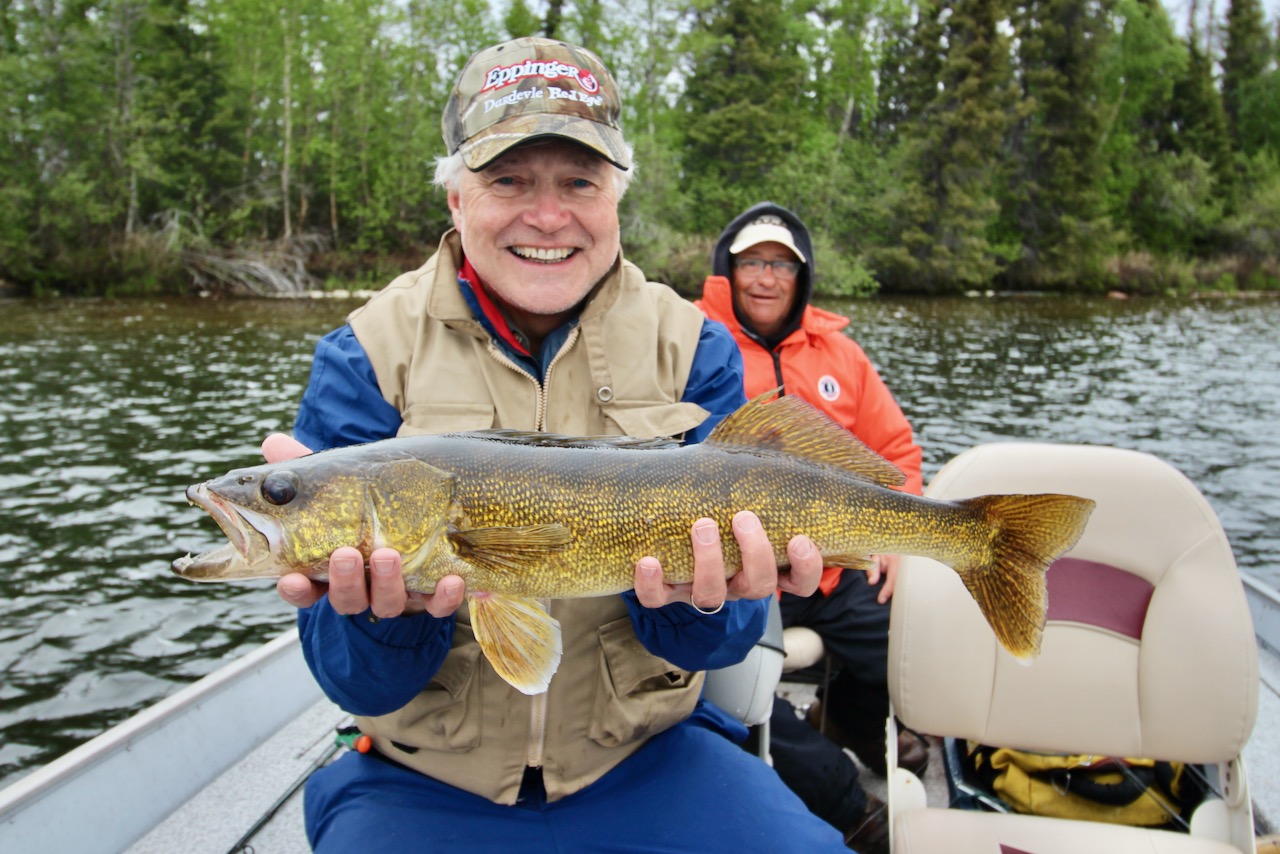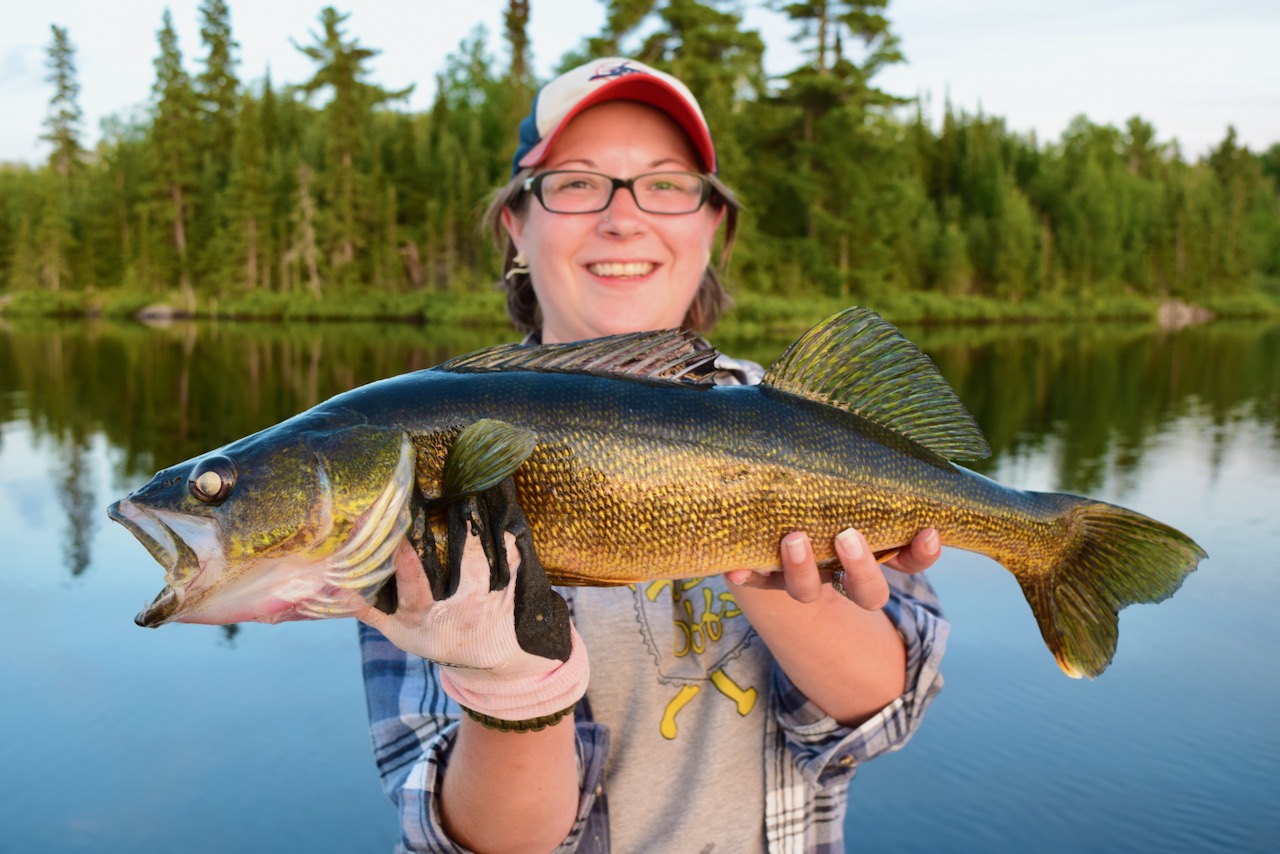TRIGGER POINT
To catch walleye, you need them to both see and feel your bait
Advertisement

DETECTION
A walleye’s big peepers are dominated by large cone cells that enable the fish to detect shapes and colours—red, orange and green, in particular—but in a perpetually blurry world. As strange as it seems, they can’t actually see any of the fine details on our baits. It can even be argued walleye don’t use their eyesight at all when deciding whether to bite. Instead, they only rely on their vision to lead them to the possibility of food—or our lure—then switch over to their lateral line.
Fisheries folks refer to a walleye’s lateral line as its sixth sense, that of distant touch. Made up of hundreds of tiny receptors, it amplifies low-frequency vibrations so well it can even detect where a chub or shiner recently swam through the water column. It’s a brilliant detection system that explains why pulsating lures, including crawler harnesses, spinner rigs, cork-screwing slow-death hooks, lipless crankbaits and, especially, soft-plastic paddletails are so effective.
Advertisement

